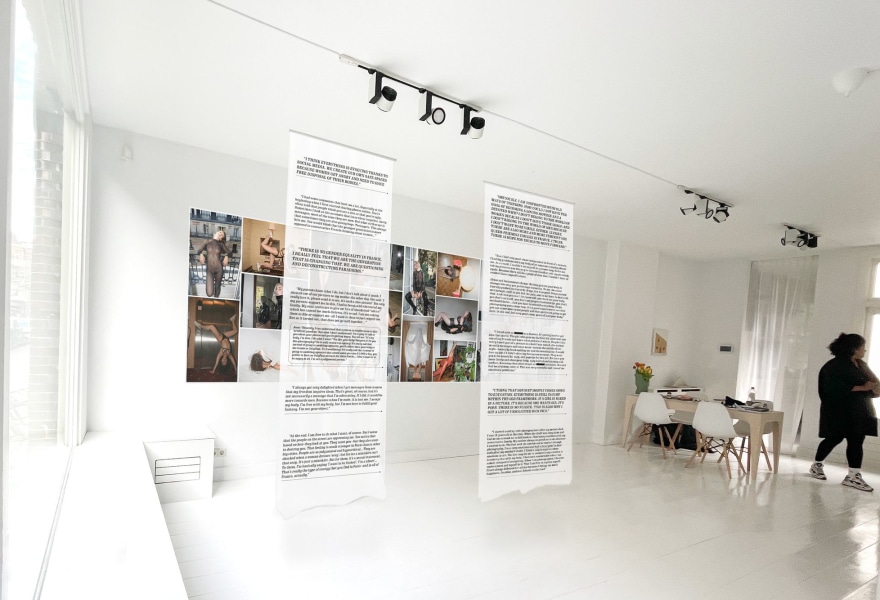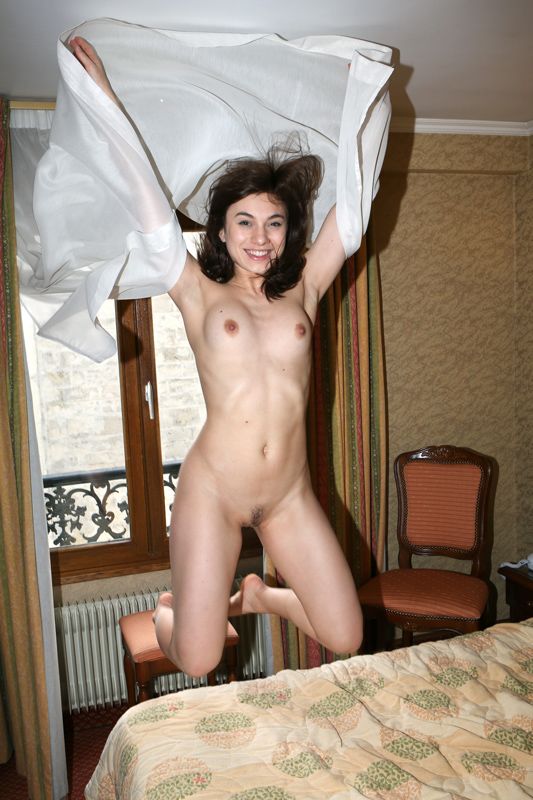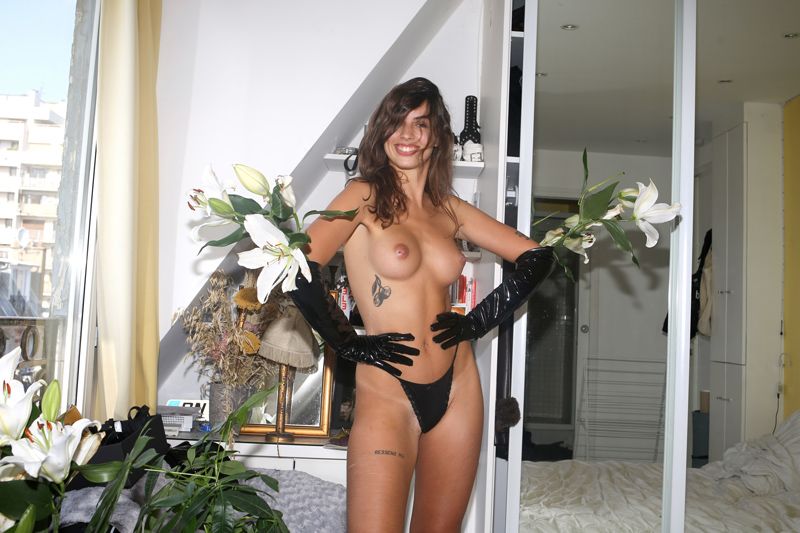23 may 2023, Flor Linckens
Last chance: how Sander Dekker breaks with persistent stereotypes
Until 27 May, Josilda da Conceição Gallery in Amsterdam is presenting the solo exhibition 'Girls in Paris' with work by Sander Dekker. The introverted Dutch photographer takes raw and real photos of the people he encounters on social media. He captures them in ways that give them a significant degree of agency, a certain autonomy over the way they are represented.
The Dutch photographer travels all over the world for his photographs. He captured hundreds of people that he usually only knows through social media, often quite unique and eccentric people. This results in surprising and energetic images that are unexpectedly vulnerable. The people in his photos look relaxed and not a single element appears forced. The authenticity of his photos contrasts beautifully with the artificiality of the idealised ways in which we present ourselves on social media. Dekker worked as an art director in the fashion industry for a a while, but his autonomous work is far from that. He does not want to make fashion spreads with a certain studio quality. He prefers an external flash, a 33mm wide-angle lens, short shoots and an essential combination of humour, spontaneity and improvisation.

Sander Dekker, LA SEXUALITÉ EST UN ACTE DE LIBERTÉ, NON DE SOUMISSION, 2021, Josilda da Conceição Gallery
To understand why Dekker's portraits of women in particular are so interesting, it is necessary to take a closer look at the term the male gaze: a term that has frequently determined the discourse since the 1970s. As an extension of this — or in response to it — there is also the western gaze, the female gaze or the queer gaze. The gaze says something about how bodies are immortalised on film or canvas and who has the most power in that situation. The term the male gaze was first introduced by Laura Mulvey in Visual Pleasure and Narrative Cinema (1975). In this influential essay, the American film theorist analysed the representation of women in Hollywood. Female characters in these films were usually presented from a heterosexual male perspective. Just think of an average shot of Marilyn Monroe. Mulvey argued that the male gaze reinforces patriarchal power structures and that women are objectified on screen. Mulvey's concept has since been widely discussed in feminist theory, media studies and in terms of art history. In 1989, the Guerrilla Girls made the exemplary work "Do Women Have To Be Naked To Get Into the Met Museum?".
Dekker seems to break with these boring, reductive and stereotypical representations of the female presenting body. What makes his work so remarkable is the individuality and autonomy of his characters: they refuse to relinquish their power and above all: they seem to be unapologetically themselves. That in itself is an achievement, but Dekker's characters are often naked women. Yet the photographer does not resort to tiring, beautiful pictures that are mainly intended for the entertainment of straight men. Instead, he seems to capture their personality in an effective and intimate way, that spark that makes them so unique.
In 2019, Dekker mentioned in the Dutch newspaper de Volkskrant:
“I don't really know how all that nudity got into it; I never ask people to take their clothes off, but I am honoured that they place such trust in me, I'm a stranger after all. It often happens during the fun of such a shoot, when we try all kinds of crazy things. Yet less than ten percent of my portraits are nudes, but these photos are often singled out.”
It is therefore not really surprising that Dekker was asked to photograph a feminist calendar in Paris a few years ago, the images of which can now be seen in Josilda da Conceição Gallery. The eight women in these photos represent a new generation of French women, who view the #metoo movement in different ways than their predecessors — including actresses like Catherine Deneuve who previously portrayed the movement as repressive and puritanical. France still has a lot of catching up to do when it comes to the position of women and, for example, making emotional and physical violence against women a subject of discussion. After this observation, Dekker wanted to emphasise the ways in which these young, rebellious and strong women challenge the status quo and fight for self-expression, equality and sexuality on their own terms. In the exhibition, the photos are combined with fragments from the conversations he had with them, presented on transparent textiles that initially cover the photos. Viewers are thus encouraged to first pay attention to their words and only then to their bodies.
Simultaneously, the gallery is presenting an exhibition by Geraldo Dos Santos.


